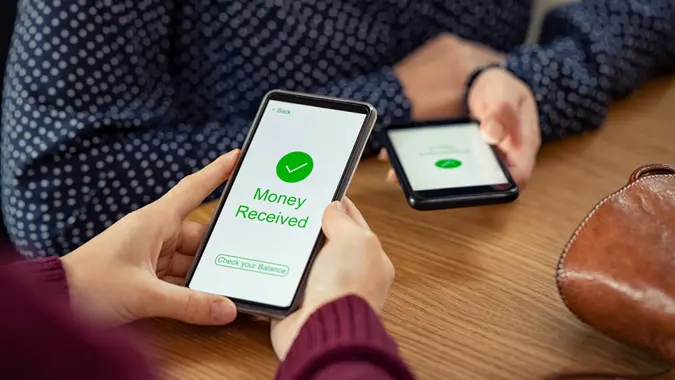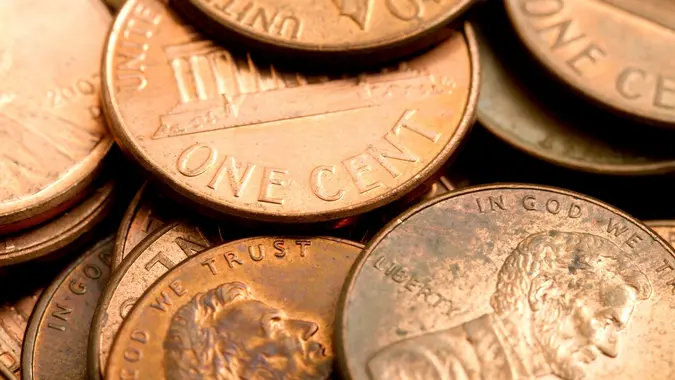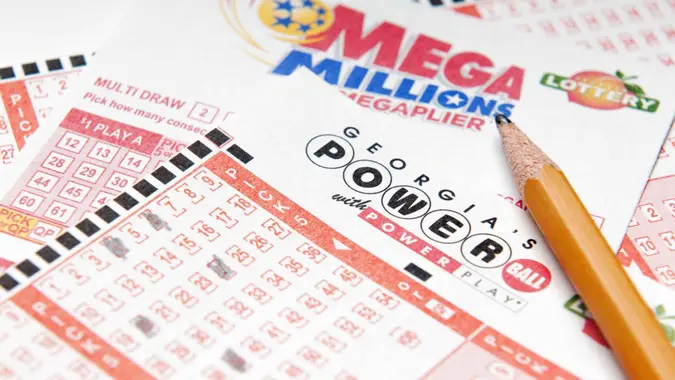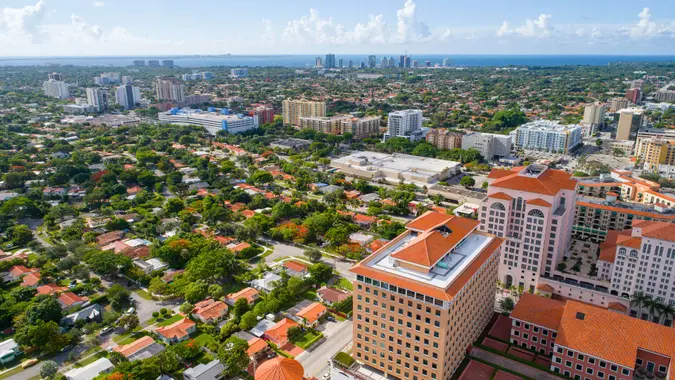I’m a Financial Expert: How Much Money Should Be in Every Millennial’s Emergency Fund?

Commitment to Our Readers
GOBankingRates' editorial team is committed to bringing you unbiased reviews and information. We use data-driven methodologies to evaluate financial products and services - our reviews and ratings are not influenced by advertisers. You can read more about our editorial guidelines and our products and services review methodology.

20 Years
Helping You Live Richer

Reviewed
by Experts

Trusted by
Millions of Readers
Experts recommend that everyone have an emergency fund, a financial buffer that helps you prepare for unexpected costs, potential layoffs and other emergencies that take a bite out of your bank account.
Yet according to a recent GOBankingRates year in review survey, 38% of Americans surveyed said they will be starting 2024 without an emergency fund. Millennials came in especially high in these categories, with 37% of the 25 to 34 year old range saying they don’t have one, and 40% of those aged 35 to 44.
GOBankingRates spoke to Cindy Scott, CFP with Schwab Intelligent Portfolios Premium, about how much millennials should be keeping in an emergency fund.
Three to Six Months’ Worth
While there is no hard and fast rule about how much money should be in an emergency fund, Scott said the general rule is to have three to six months of living expenses available.
“That way, millennials will not only have the cash to cover emergency expenses but will be able to weather a possible disruption in income,” she said.
However, she pointed out, “If someone’s income is mostly stable, a smaller emergency fund might work. But if their situation is unstable, it could be wise to put as much as a year of expenses aside.”
Which Expenses Should You Account For?
When building an emergency fund, millennials should account for expenses that are immediate, recurring, fixed and essential, Scott said.
“For most households, these include food, shelter, utilities, transportation, insurance, health expenses, taxes and debt payments.”
The key to a successful emergency fund is having enough to cover short-term needs while making it easy to stay on track toward larger long-term goals, she explained.
What Type of Bank Account Should You Keep It In?
Keeping an emergency fund somewhere safe and liquid allows for quick access to emergency cash, Scott suggested.
“Interest bearing checking accounts are typically a safe option for storing an emergency fund. These types of accounts allow for writing checks and have easy ATM access to cash. They are also FDIC-insured up to $250,000 per account holder.”
If millennials are looking for higher yields, however, money market savings accounts may be a better option but often have limited check writing privileges (over certain minimums) and a limited number of withdrawals.
“In addition, money market funds typically pay more than bank accounts and are considered to be a stable investment. But they are not FDIC-insured, and it is possible to lose money invested in a fund.”
Another option is short-term CDs, which are FDIC-insured and typically offer higher yields than money market funds or interest-bearing checking accounts. Although money invested in a CD is locked up until it matures, withdrawal can be made early with a penalty.
Contribute Monthly
You won’t build an emergency fund immediately unless you come into a sudden windfall, but you can take a gradual approach. “After differentiating between immediate needs and long-term goals, a good strategy to start building an emergency fund is to establish a regular amount to contribute each month,” Scott advised.
Then try to have that money automatically deposited or transferred into the fund monthly to make the process of setting it aside as easy as possible.
The sooner you start saving for this fund, the better prepared you’ll be for a true emergency.
 Written by
Written by  Edited by
Edited by 

























